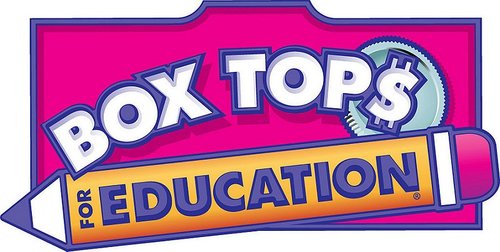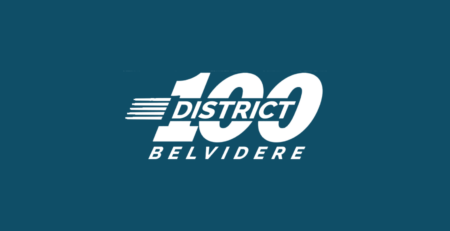
Possip team member Adie Tate is a former teacher and teacher coach. Both having been a teacher – and now as an active member of the PTA at her kid’s schools – she spends a lot of time thinking about how to make sure schools have the resources they need.
Back in the 80’s my mom had a t-shirt that said, “Imagine the day that schools have all the money they need and the military has to hold a bake sale to buy a bomber”. The t-shirt is now over 30 years old but schools are still struggling to raise the funds they need to give students the education they deserve.
While there are systematic problems with education funding, one way individual schools try to bridge the gap in funding is through a variety of fundraisers. Although bake sales are still a reality at many schools, technology, a changing business world and creativity have given us some new ways to fundraise in the twenty-first century.
Sadly we are still imagining that day. Meanwhile, as we contemplate the reality of tight budgets for our schools and kids, below is a list of fundraisers that have worked at schools around the country and just might work for you as well.
- Read-a-thon/Jog-a-thon/Fun-Run, etc. with a digital twist – Family, friends, neighbors, and co-workers are all great resources for fundraising, but often don’t donate because they are not asked. Having students participate in an activity that is good for them (like reading or exercising), while raising funds at the same time, is a great way to tap into some extra funding sources. By providing parents or supporting community members with a digital link, it is very easy for them to post on social media and email friends and family who would happily donate a small amount to encourage a positive activity. Those small donations add up quickly.
- Online fundraiser or asks – There are many platforms that allow parents, teachers or school leaders to ask for donations directly. If you are using one of these platforms, like Donors Choose or Go Fund Me, make sure that you are clear and specific about your project and what the money will be used for. The more clear the need, and details on how the project will provide a solution, the more likely it is to get funded.
- Shop Til You Drop – A number of companies incent you to spend your money with them by sponsoring your school. Set up your school at smile.amazon.com, Kroger, Target and boxtops4education.com. If your school has community partners ask them to add your school as well.
- Sponsorship by Local Businesses – While having local businesses sponsor a school can feel (and let’s be real, actually is) a bit odd, it is not a new idea and can be great for the business reflecting the value, identity, and interests of your school. Whether a neighborhood staple, a favorite hangout of your school’s teachers, a business representing your school’s families, or just an altruistic local business, giving a business exposure and your school funding can be a win-win. After all, strong schools are often a reflection of the strength of a community.
- How can you leverage local business sponsorship? Offer to highlight a local business on a PTA or school Facebook page, website or in a school app. You can also offer digital school sponsorship in addition to posters, signs or flyers at events to increase the value of the sponsorship and the revenue for the school.
- Corporate match programs – More and more large corporations now have corporate match programs for charitable donations for their employees. Sometimes, there is a specific time of year that they do a match. Find out who the employers are of some of your school’s parents and if their company does a match. Doubling donations can go a long way.
- Grants – Although this can require a little research and having a team member or volunteer who can complete a grant application, there are many foundations that are looking to fund projects in K-12 education. They can be a great resource for fundraising. Grant applications can now be completed online and once you have completed one, you can often use the same general information to complete more. And if one of your school’s needs is for a teacher’s classroom, work with the teacher on creating a grant through a site like donorschoose.org.
Public schools will always be competing with other needs for state and federal dollars. Fundraising should not replace advocacy for better education funding. Still, strategic and creative fundraising can increase your schools’ discretionary funds and allow your school to have the “extras” that can increase your student learning and make your school the special place you know it is.





